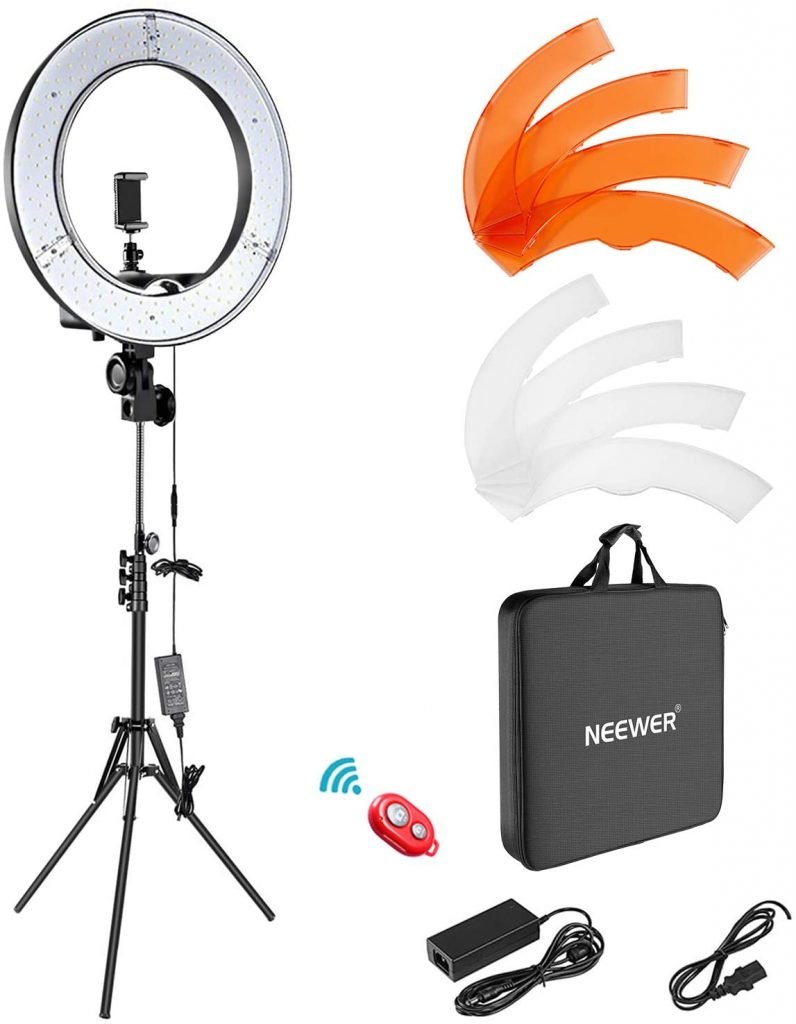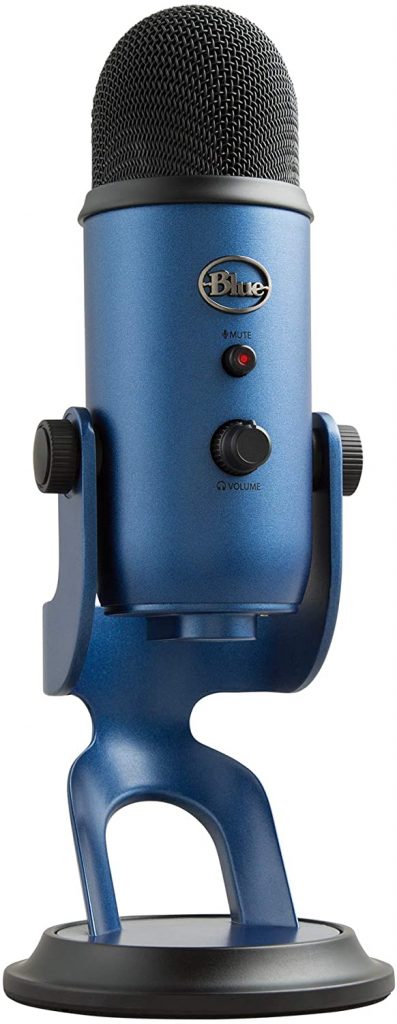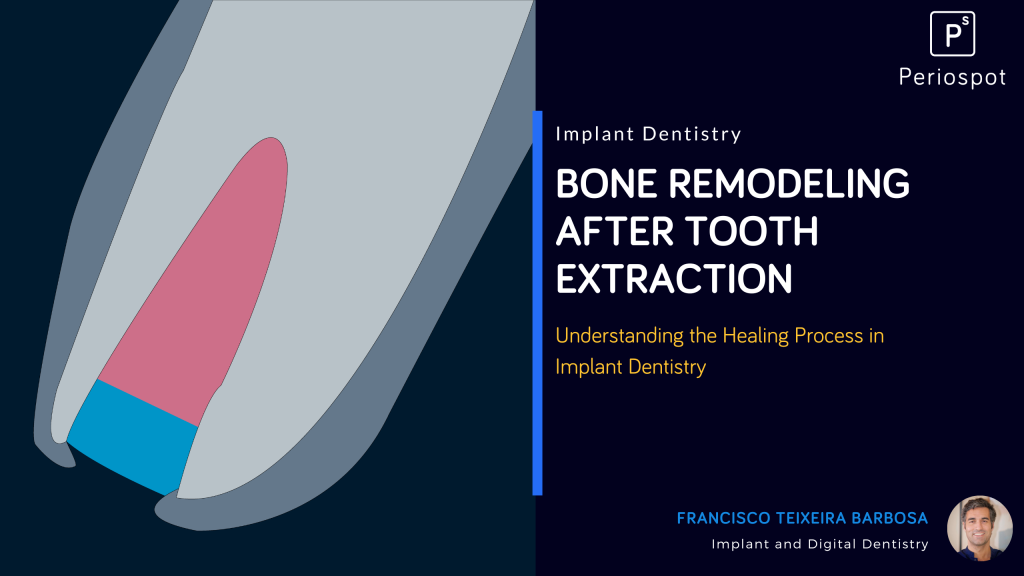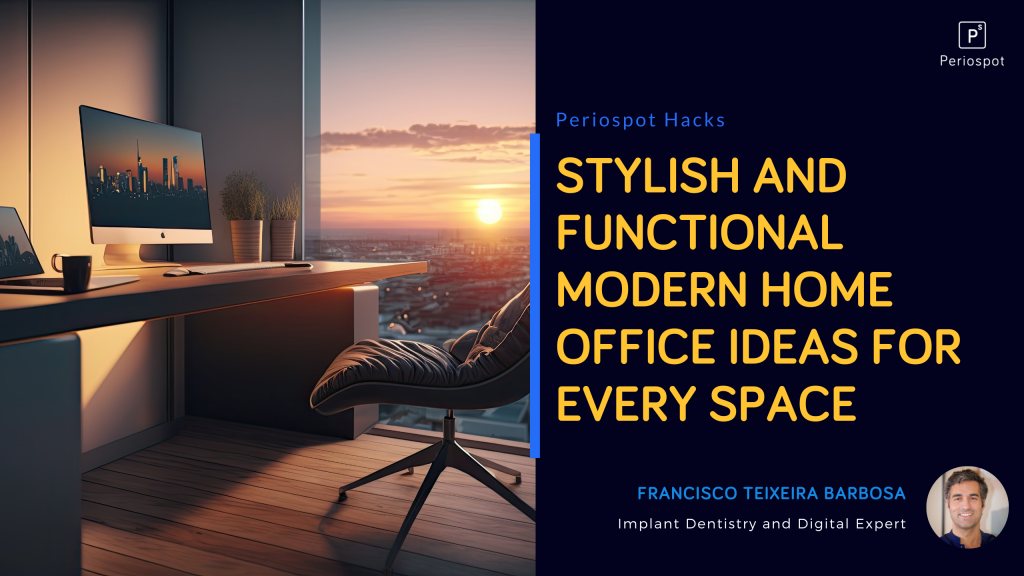We have reached a point that if we invite a friend to a webinar about “How to Place an Immediate Implant in a Giraffe”, our friend will most likely decline the offering and excuse himself because he plans to have a funeral that very same day.
I cannot blame him. We are in a moment where we are oversaturated with webinars and online training offerings.
Many of these webinars are extremely interesting, for example, those that Professor Tepper performs about immediate implants.
He really delivers clinically relevant tips and he is always controversial which makes his online initiatives unique. And he also understands his audience and he addresses the key points for those starting with immediacy protocols.
But what if we don’t have Profesor Tepper´s charisma? How can we do to keep our audience engaged?
Well, today I am going to share with you some tricks and tools that I have learned after almost 50 webinars in recent months, and with baby steps, I have been improving the format and especially the way to keep the attention of who attends the online initiatives.
Keep in mind that there is no magic formula, but this will surely provide you some insights that can take your online learning to the next level.
#1. Nobody wants to listen to you for hours
It is one of the most common mistakes, especially among us, the Latins: “the longer the webinar, the more complete, the more information and the better.”
And on top of that, we always start late. This is inconceivable nowadays. Punctuality is a must and is a way to show respect to the other participants.
“Punctuality is the virtue of the bored.”- Evelyn Waugh once said.
Evelyn is not aware of how much pain and harm she caused in the Latino community.
It is a fallacy that large webinars are better.
I’ve learned that people who sign up for a webinar or online event can keep their attention for about 20 minutes. Then they turn off the camera and go to the sofa to see the last episode of “Game of Thrones.”
!! Congratulations!! Now your webinar looks like the elevator music of a filthy motel.
Don’t let this happen and organize half-hour webinars. Listen to me- half an hour, 30 MINUTES, 1800 SECONDS. No more, no less.

I have learned this by doing some webinars to other European countries, usually during their lunch break.
While they are having their lunch in the clinic they watch the webinar and they learn 5 or 6 new tips on how to scan.
And that’s it. Is not the moment to review Tim Joda or Gallucci’s articles (who are amazing). But this is time only to share clinical tips and nothing else.
Only clinically relevant information. Then you can send an email with a bibliographic reference checklist and encourage everyone to do their homework.
Then you allow 5 minutes for Q&A.
And of course, share your contact and social networks so that they can engage with you in the future and see all your tweets about dentistry and supporting Trump or Biden.

#2. Don’t go beating about the bush
It’s that easy.
Everyone knows that you know all the scientific articles and that you are a master at listing the standard deviations of Iasella’s articles from 2003, but people are there to learn two or three clinical tips that they can implement right after the webinar.
Is up to you if you want to teach people relevant stuff or if you just want to be flattered by the participants because “YOU KNOW TONS OF UNUSEFUL THINGS”
If you have twenty minutes, you should start mentioning the purpose of why we are here and drop the promise of what the participants will receive in exchange for their time:
- After this webinar, you will know how to do X, Y, Z on this topic in a very simple way.
Make the promise clear and above all, deliver what you have promised.
If you have promised that you are going to teach the audience how to suture in bone regenerations, make sure they learn it.
#3. Having a proper setup
All of us have Zoom and we know how to manage it unless you are a boomer and you show up with a cat filter.
– “I´m not a cat”-
Boomers should stay away from ZOOM!
I’m not going to talk about that anymore, but what else can I add to my armamentarium to improve my webinars and online learning?
My first step was to get rid of the webcam that is embedded into the laptops. Well, not literally. I just use it sometimes.
Although manufacturers claim that they are 1080p and HD and they bring you the breakfast to bed on weekends, the truth is that in almost all cases they suck.
That was the first thing I wanted to address and I decided to buy a Sony VZ1 and this was a gamechanger. Even my mum wants to have daily Zoom calls with me.
She thinks I´m cute, although I use the cat filter.
I can use it as a webcam with a 4k image quality. It is an excellent camera that also has that blur effect option that provides a more professional touch. As an example, the video below this lines:
This camera needs an adapter to connect the Sony VZ1 to the USB, ELgato CamLink adapter is the only one that will stream 4k images into your laptop.
I bought this camera with a tripod that allows me to have it on the desk or on the floor. More details on this page.
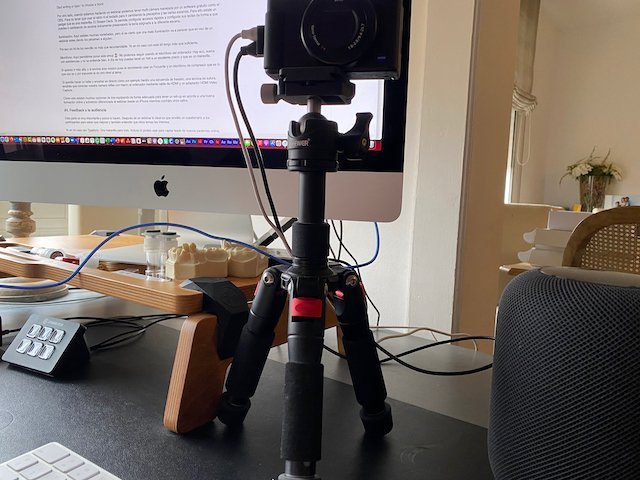
On the other hand, when we are doing a webinar we can have a multi-camera controlled by free software like the OBS.
In order not to struggle with the keyboard and mouse to change the different scenes and cameras I use the Stream Deck.
This tool helps you to easily change the scene and camera and it is fully customizable.
It allows you to configure shortcuts and configure its buttons so you can change the scene only by pressing the key assigned to the different scene.
Lighting: There are many varieties here, but it is true that bad lighting is going to seem that instead of a webinar you are giving your condolences to someone.
That is why a simple light kit is more than recommended. In my case, with this kit, I have more than enough.
Microphone: Here allow me to put this emoji 🤦🏻♂️- We can not continue using the computer microphone. Not even the Air Pods that are great for showoff stories on Instagram but not for a webinar.
They create an echo, it sounds noisy, and if like me, you speak Spanglish, people will struggle to understand you.
Today you can have a Yeti microphone at an excellent price and that will work just perfectly.
If you want to go further, and if you are a musician on top of that, I recommend using a Focusrite and a condenser microphone, which is what I use, and of course, it provides excellent results.
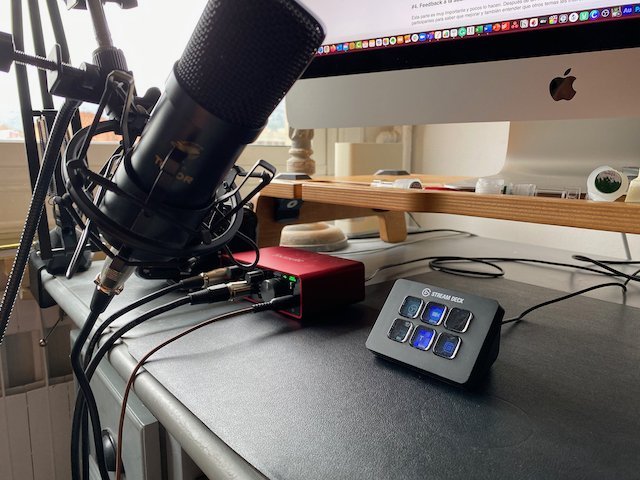
If you want to do a workshop and teach live how, for example, you do a drilling protocol, a suture technique, you will have to connect your macro reflex camera to the computer using an HDMI cable and an HDMI Video Capture adapter.
Watch this video for more insights and how I set-up the whole home studio.
As you can see, there are many options to equip yourself appropriately to have a set-up according to an acceptable online training set-up and you will differentiate yourself from all the rest that keep using the laptop webcam and the AirPods.
You can take a look at all the necessary gadgets at this link below:
#4. Feedback from the audience
This part is very important and just a few understand this.
After a webinar, the ideal is that you send a questionnaire to the participants to know what you should improve and also understand what other topics are of their interest.
In my case I use Typeform. A wonderful tool for surveys, questionnaires, assessments, and product feedback.

You can even use it to capture leads from new patients online, but this is another topic that if you are interested I will make an article or webinar about it (drop me an email).
The ideal is to do webinars on subjects or topics that we observe that are creating a lot of buzz on social media such as implant probing, socket shield, short implants, or Elon Musk´s tweets.
Conclusion
Webinars are here to stay. Whether you like it or not, but online training is the present and the future and it is in our hands to bore our audience to boredom or trying to make a difference, investing time, improving day after day, and become a reference on online training.
If you want to access the complete list of gadgets to help you in your webinars or online classes, access this link. 🔴
I am not a reference, and I have a lot to improve but I am mindful that during the last year I learned a lot and I´ll do my best in the future to deliver high-quality content and at the same time valuable and entertaining.
If you want to help me create the second part of this article, answer this little questionnaire at the end of the article.
Thanks for your time in reading this article.




